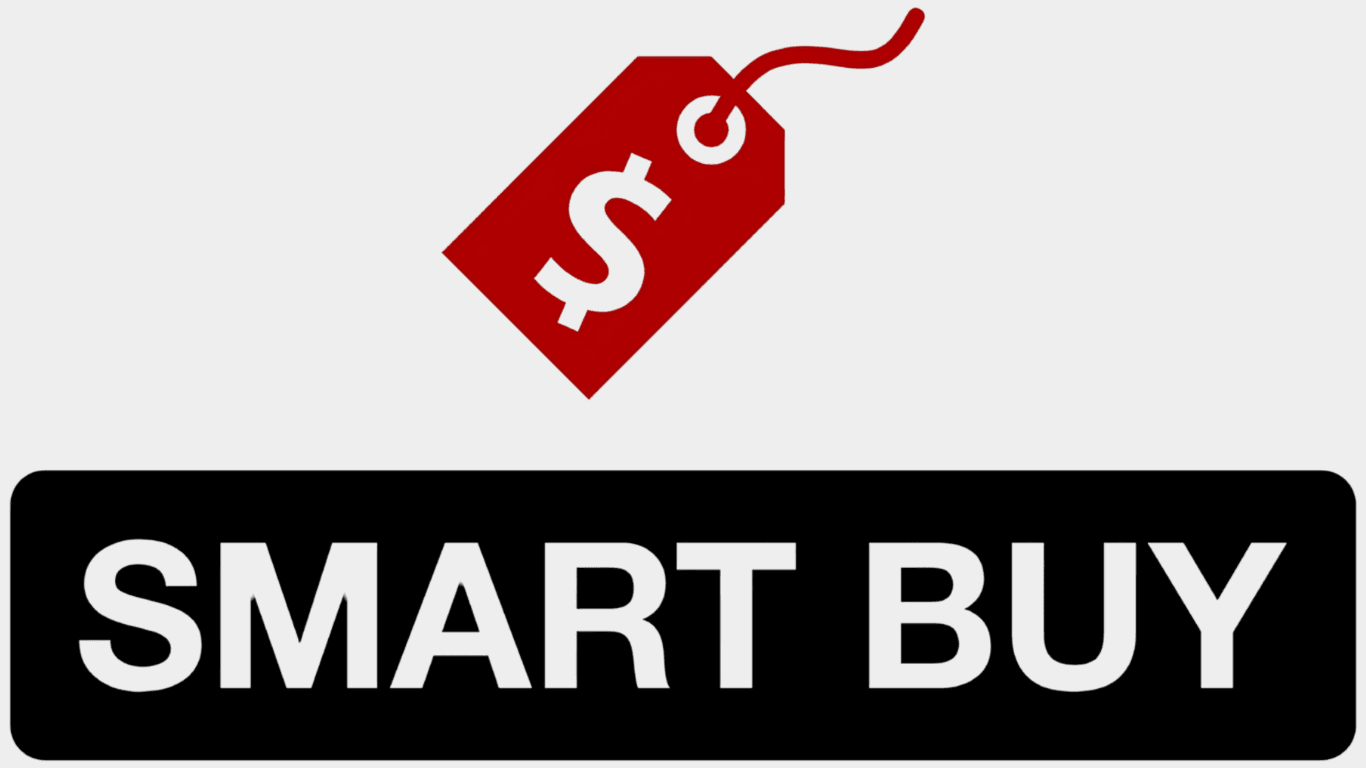Affiliate Disclosure: This post may contain affiliate links. If you purchase through these links, we may earn a commission at no additional cost to you.
Introduction: The Benefits of Smart Home Technology
Smart home technology has transformed the way we live, offering unparalleled convenience, efficiency, and security. By 2025, advancements like AI-powered automation, seamless device integration, and the Matter protocol have made smart homes more accessible and compatible than ever. Whether it’s controlling lights with your voice or automating security systems, smart homes allow homeowners to save time, reduce energy costs, and enjoy personalized living experiences.
Overview of Smart Home Ecosystems
Choosing the right smart home ecosystem is critical as it determines device compatibility, features, and ease of use. The three major ecosystems in 2025 are:
Amazon Alexa
- Strengths: Vast device compatibility, strong voice control, and affordability.
- Best For: Users who want a wide range of budget-friendly devices.
- Compatibility: Works with Android and iOS.
Google Home
- Strengths: Seamless integration with Google services and excellent AI capabilities.
- Best For: Android users or those heavily invested in Google apps.
- Compatibility: Broad IoT support.
Apple HomeKit
- Strengths: Prioritizes privacy and security with advanced encryption.
- Best For: Apple users seeking premium device integration.
- Compatibility: Limited to Apple devices.
Tip: If you’re unsure which ecosystem to choose, consider your smartphone OS and existing devices. Matter-certified products now support cross-brand compatibility for greater flexibility.
Budget-Friendly Smart Home Setups
Here’s how to build a smart home at three budget levels:
$100 Starter Package
Focus on essentials that offer maximum functionality at a low cost:
| Device | Features | Price | [Amazon Link] |
| Smart Speaker (Amazon Echo Dot 5th Gen) | Voice control, temperature sensor | $50 | [Amazon link] |
| Smart Plug (Govee Smart Plug) | App control, energy monitoring | $13 | [Amazon link] |
| Smart Light Bulb (Philips Hue A19) | Color-changing, app-controlled | $30 | [Amazon link] |
$250 Mid-Range Package
Expand functionality with more devices:
| Device | Features | Price | [Amazon Link] |
| Smart Speaker (Amazon Echo 4th Gen) | Zigbee hub integration | $100 | [Amazon link] |
| Smart Lighting (LIFX A19 Bulbs) | Superior brightness, no hub required | $50 each (x2) | [Amazon link] |
| Video Doorbell (Budget-Friendly Model) | Motion detection, live video streaming | $70 | [Amazon link] |
$500 Comprehensive Package
Create a fully connected home with advanced devices:
| Device | Features | Price | [Amazon Link] |
| Smart Display (Google Nest Hub Max) | Visual control hub + camera integration | $250 | [Amazon link] |
| Smart Thermostat (Nest Thermostat) | Energy-saving geofencing features | $130 | [Amazon link] |
| Security Camera (Reolink AI Camera) | Real-time monitoring + object detection | $120 | [Amazon link] |
Must-Have Device Categories
Smart Speakers/Displays
These are the backbone of your smart home system. Popular options include the Amazon Echo 4th Gen ($100), Google Nest Mini ($50), and Apple HomePod Mini ($99). They enable voice control for all connected devices.
Key Features:
- Voice assistant integration (Alexa, Google Assistant, Siri).
- Control lights, thermostats, and more via voice commands.
- Multi-room audio capabilities.
Smart Plugs
Affordable and versatile, smart plugs like the TP-Link Kasa Slim ($35) allow you to control appliances remotely while monitoring energy usage.
Key Features:
- Compact design for tight spaces.
- App scheduling for energy savings.
- Compatibility with all major ecosystems.
Smart Lighting
Upgrade your lighting with bulbs like Philips Hue A19 ($30) or LIFX A19 ($50), which offer millions of color options and app-based controls.
Key Features:
- Adjustable brightness and color settings.
- Scheduling for energy efficiency.
- Music synchronization for ambiance.
Smart Thermostats
Devices like the Nest Thermostat ($130) optimize heating/cooling based on occupancy and geofencing.
Key Features:
- Energy-saving automation.
- Integration with voice assistants.
- Remote temperature adjustments via app.
Security Devices
Protect your home with video doorbells like Ring ($70) or cameras like Reolink AI ($120).
Key Features:
- Motion detection and real-time alerts.
- Night vision capabilities for 24/7 monitoring.
- Cloud storage options for video footage.
Setup and Connectivity Tips for Beginners
- Choose a Reliable Wi-Fi Router: Opt for dual-band routers with Wi-Fi 6 technology to handle multiple devices efficiently.
- Start Small: Begin with one or two devices to avoid feeling overwhelmed.
- Name Devices Clearly: Use location-based names like “Living Room Light” for easy management.
- Create Routines: Automate tasks like turning off all lights at bedtime or setting up morning alarms with your smart speaker.
Future-Proofing Your Smart Home
- Invest in Matter-Compatible Devices: Ensure seamless interoperability across ecosystems like Alexa, Google Home, and Apple HomeKit.
- Opt for Energy-Efficient Gadgets: Choose smart thermostats and lighting systems that reduce energy consumption while lowering utility bills.
- Upgrade Wi-Fi Infrastructure: Consider mesh networks or Wi-Fi 6E routers for better coverage as your device count grows.
FAQs About Starting a Smart Home
- Do I need technical expertise to set up a smart home? No! Most devices are plug-and-play with easy app-based setup instructions.
- How secure are smart home devices? Modern devices feature encrypted connections and biometric authentication to protect your data.
- What if my Wi-Fi goes down? Many devices offer offline functionality or local network connectivity through hubs like Zigbee or Matter-certified systems.
- Can I integrate old devices into my smart home? Yes! Many ecosystems support legacy devices via hubs or adapters like Zigbee radios in Amazon Echo speakers.
- How much does it cost to maintain a smart home? Costs depend on electricity usage and cloud storage subscriptions but can be offset by energy savings from efficient devices like thermostats.
By starting small and scaling up strategically, you can enjoy the benefits of a connected smart home while staying within budget!
